Will astrophotographers be replaced by robots?
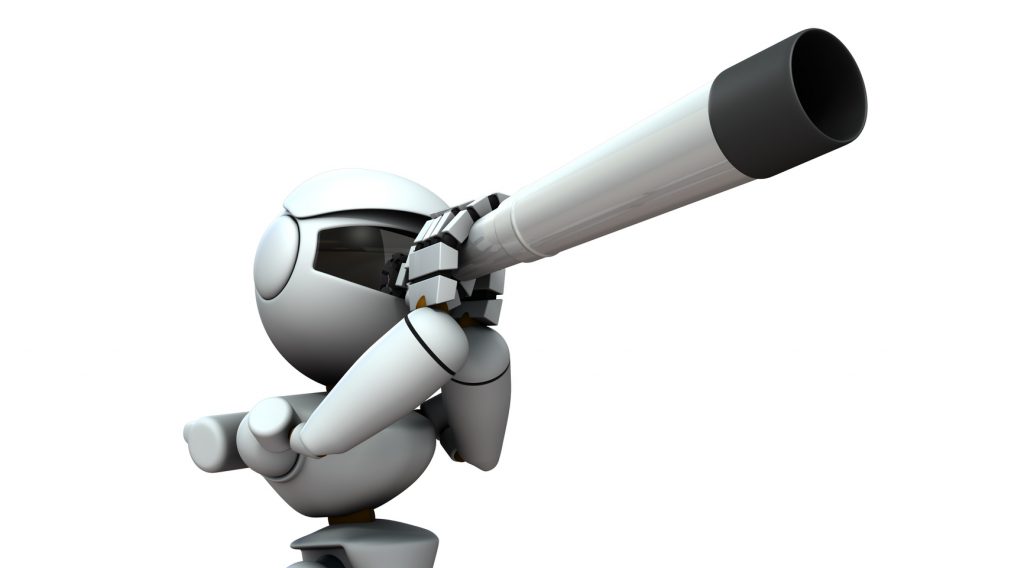
Deep-sky astrophotography is the ultimate hobby for nerds; it combines endless tinkering with highly specialized technology, exploration of the cosmos, and constant challenges, achievements, and learning.
But, could this hobby be automated to the point where anyone can do it? Products such as Stellina and Unistellar promise to deliver an experience where you can plop down a small, self-contained telescope outside, and it does everything deep-sky astrophotographers currently do automatically. You just tell it what you want to look at, and it points at it and produces an image.
Technically, it’s certainly possible. As CMOS sensors with very low read noise are becoming more common, we can produce long-exposure images by stacking up hundreds of very short-exposure images. Taking a ten-second exposure is much less challenging than taking a ten-minute exposure. You don’t need to worry so much about how well your telescope tracks the sky, which is one of the main challenges long-exposure astrophotographers face. You don’t even need an equatorial mount; a much simpler alt/az mount will do, which eliminates the problem of manually aligning the telescope before you can start imaging.
I’ve already experimented with this sort of “live stacking” of short exposures. A computer can analyze the stars in an image to figure out where to point in the sky for any given object, move your telescope to it, and capture, align, and stretch the resulting image over time without much fuss at all. It does, in fact, work, and it’s how we do our viewing in our “live star parties” on this site.
The images I produce using more traditional techniques still look better, but a look at Stellina’s image gallery forces me to admit that they’re not *that* much better. Am I really doing anything that can’t be automated? Let’s see, what am I doing today that a Stellina or Unistellar can’t do?
Narrowband imaging. This is a really important technique for pulling good images out of light polluted skies. These products have light-pollution filters, but they tend to be of limited effectiveness. I suspect the marketing photos being shown for these devices were taken from dark sites, and results from within a city – where most of their customers will be – will be less impressive. But, this too could be automated – an integrated filter wheel in these products and software to combine images from each filter certainly isn’t impossible. If someone wants to create a product that can compete with these already-announced early entries, that would be one way to stand out (lower price would be another – these things ain’t cheap – yet.)
Aesthetic choices. Producing an astronomical image you’d hang on the wall involves some final tuning of the contrast, colors, sharpening, and framing of the shot. But these are all choices made after the heavy-duty, mechanical processing of images is done; you could just as easily tweak an image from a Stellina in Photoshop as you could an image that came from my own telescope.
I’m forced to admit that’s all there is. So yes, I can be replaced by a robot. But hey, the more I learn about AI, the more I realize that I’m just a robot too.
I’ll still be producing better images than the robots for the foreseeable future, if for no other reason that I have a larger aperture than these hyper-portable devices can have. It will also be easier for me to upgrade individual components of my system as better technology emerges. So, my own hobby will continue – but for future generations, it will look very different.
This is, however, a good thing. Not everyone finds satisfaction in tracking down why the USB connection to your camera fails at 2 AM every night, why the power to your dew heaters failed, or what version of the drivers for your filter wheel actually works. A self-contained unit that “just works” opens up the sky to a much wider audience, and could spark curiosity about the cosmos at a much greater scale.
There is also a network effect at play – one Stellina, Unistellar, or whatever will reach many more people than just their owner. They’re made to produce images you can share on social media, and they’re bound to be a hit at astronomical outreach events. A lot of people just nod and smile when you show them the gray smudge that is a distant galaxy or nebula through a visual telescope, but if we can produce images that look more like the Hubble photos they’ve seen – that gets them excited. There’s still something special about seeing the very photons from these objects with your own eyes, but perhaps that ends up being an experience that people graduate to.
Soon, anyone can have their own astrophotographer-in-a-box. And on the whole, that’s a good thing.
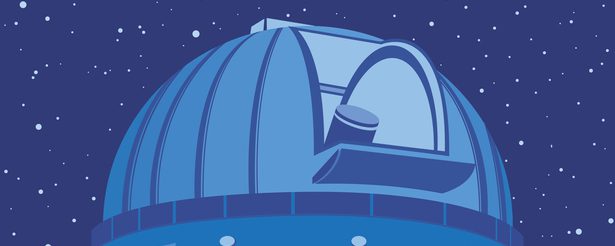
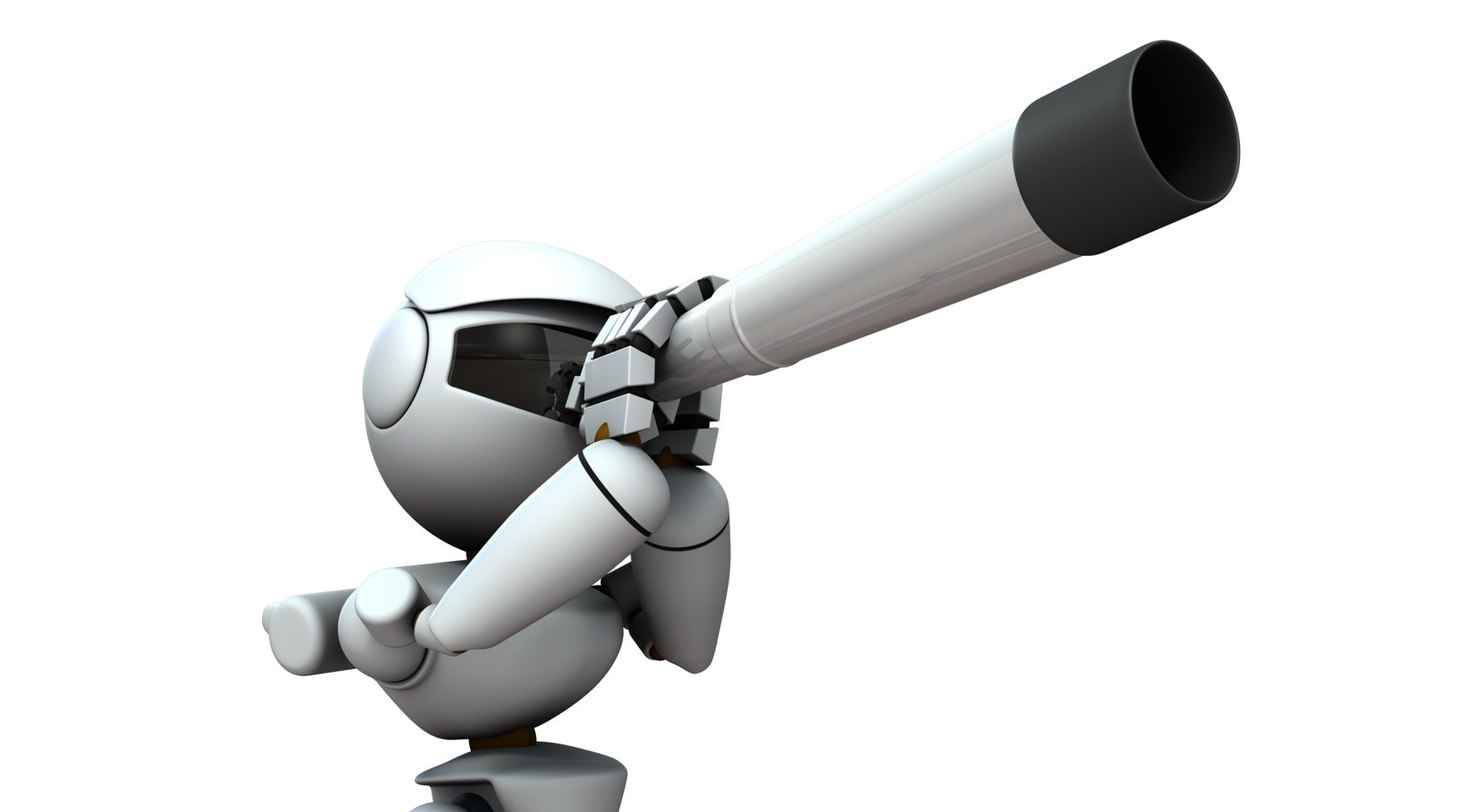
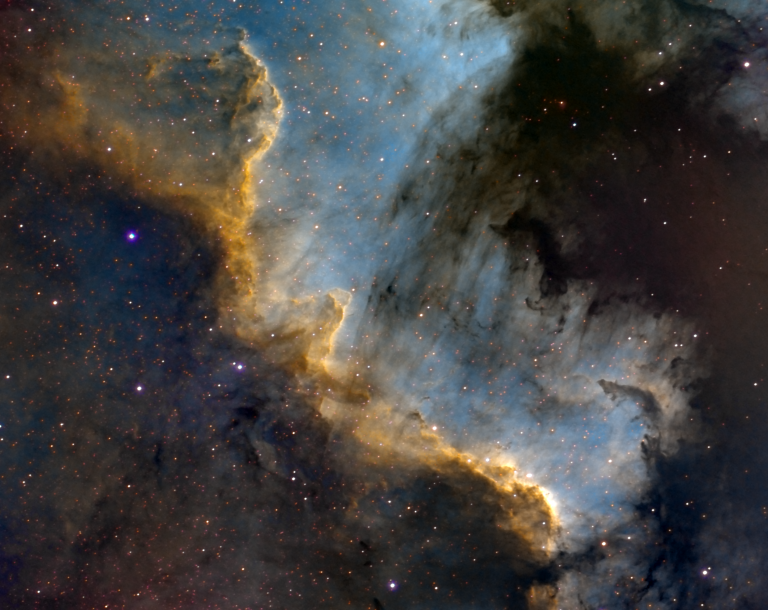

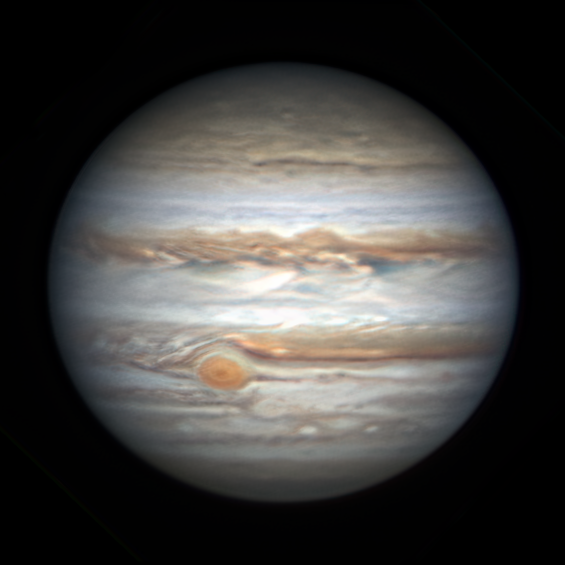
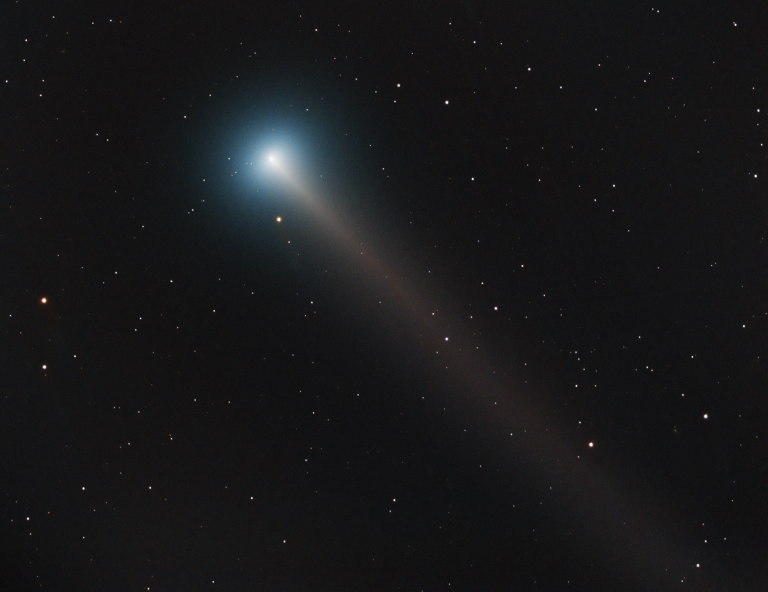
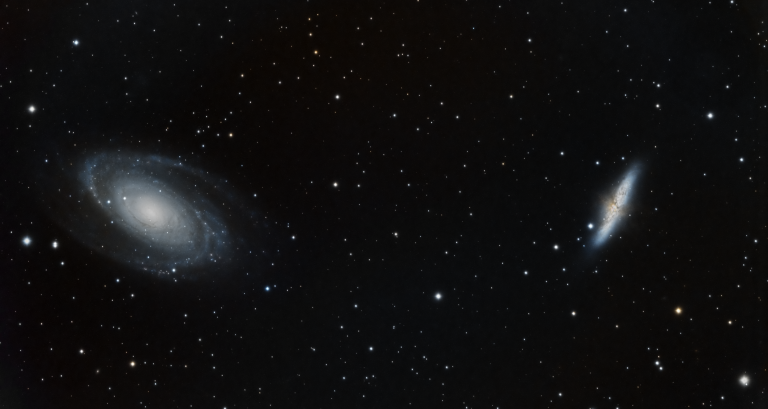
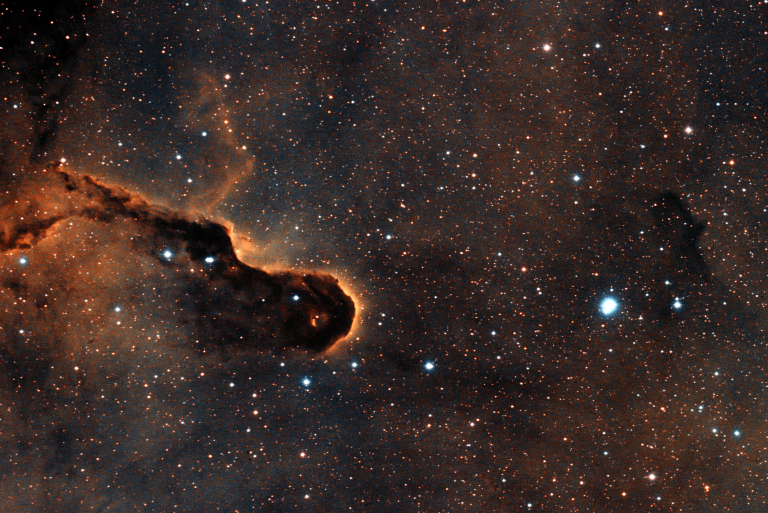
Interesting article 🙂 Thanks for your interest in STELLINA!